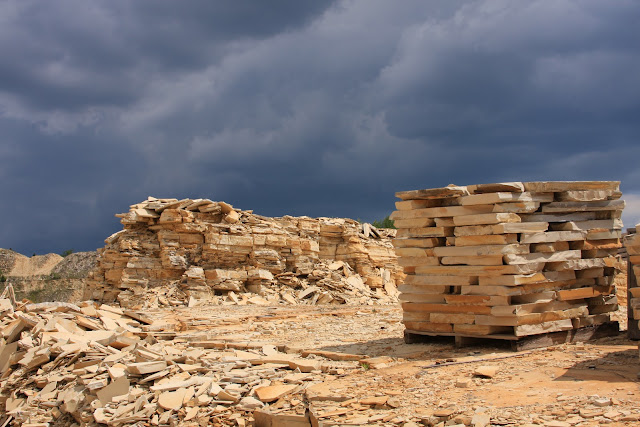 |
| Roy, Phil, Pete, Bart, Holly & Victoria at the Royal Society...with a slightly dead bird! |
Like many free public exhibitions, the Royal Society Summer Exhibition was busy from the minute the doors opened each morning at 10am till the last punter was gently persuaded to leave the premises at 9pm. We realised that our stand attracted attention both from the science it portrayed but also from the objects we displayed...fossils are simply beautiful and ours were no exception to this rule. Every time I see or touch a fossil, it transports me back in time to the multiple 'worlds' that have evolved, waxed and waned through the history of life on Earth. Fossils provide critical insight to the evolution of life on Earth, but it is their residual chemistry that holds so much more information on their biology and preservation environments.
The long standing paradigm that explained the preservation of plant or animal tissues was governed by mineralisation. Fossils were inert shells, long devoid of life. The resultant fossil was thought a mere echo of the original tissues, with little thought being given to the preservation of original (endogenous) elements and compounds that were metabolised and constructed when the tissue was still alive. The analytical techniques being applied to palaeontology over the last 10 years have seen the fragility of this paradigm. Our work presented at the Royal Society Exhibition surprised many visitors that we could resolve biological compounds from 120 million year old birds...first synthesised by life in the early Cretaceous, but imaged by us in the 21st Century. It was fun to point out to visitors at the exhibit that we are quite willing to accept the preservation of organic molecules that fuel our world today...hydrocarbons can be considered as simple leaks in the carbon cycle...as are fossils.


No comments:
Post a Comment